ВУЗ: Казахская Национальная Академия Искусств им. Т. Жургенова
Категория: Книга
Дисциплина: Не указана
Добавлен: 03.02.2019
Просмотров: 21658
Скачиваний: 19
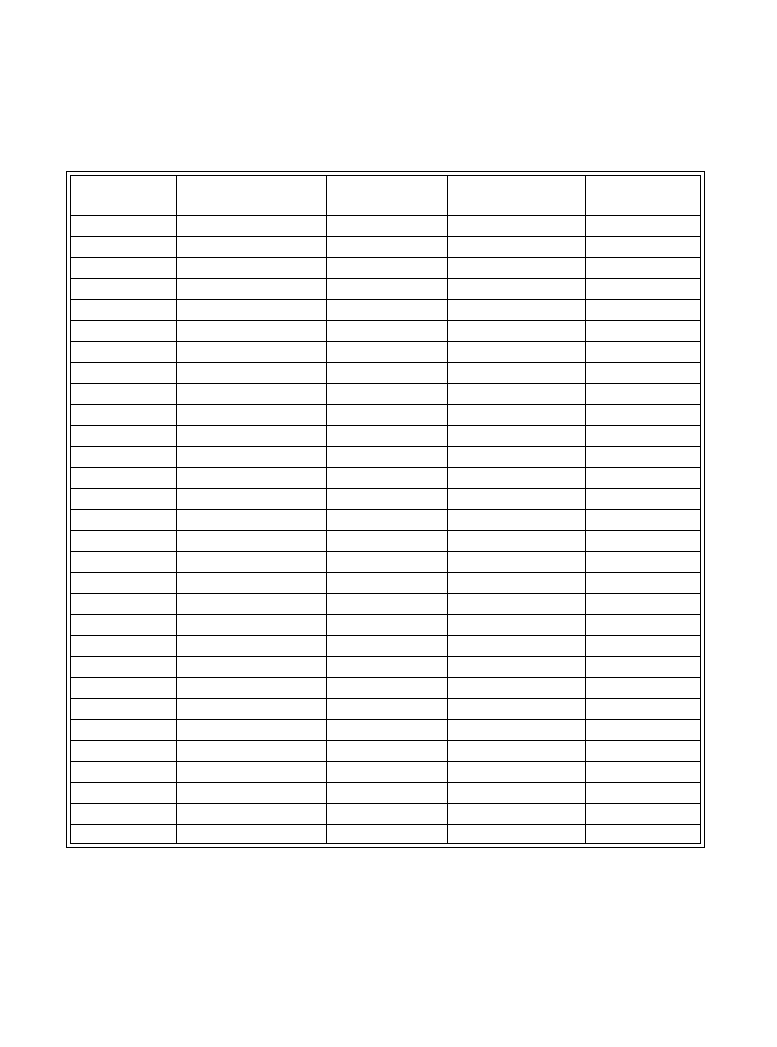
11-92 Broadcast Transmission Systems
transmitter is almost always more accessible for repair—being at the studio site—than the
receiver.
Table 11.4.9 Relationship Between Fade Margin, Reliability, and Outage Time for Rayleigh
Distributed Paths
Fade Margin (dB)
Path Reliability/
Availability
Outage Hours per
Year
Outage Minutes per
Month
Outage Seconds
per Day
10
90.4837
834.20
4170.98
8222.05
20
99.0050
87.22
436.12
859.69
21
99.2088
69-35
346.77
683.58
22
99.3710
55.14
275.68
543.43
23
99.5001
43.82
219.12
431.94
24
99.6027
34.83
174.14
343.28
25
99-6843
27.68
138.38
272.79
26
99.7491
21.99
109.96
216.75
27
99.9007
17.47
87.37
172.22
28
99.8416
13.88
69.41
136.83
29
99.8742
11.03
55.14
108.70
30
99.9000
8.76
43.81
86.36
31
99.9206
6.96
34.80
68.60
32
99.9369
5.53
27.65
54.50
33
99.9499
4.39
21.96
43.29
34
99.9602
3.49
17.45
34.39
35
99.9684
2.77
13.86
27.32
36
99.9749
2.20
11.01
21.70
37
99-9800
1.75
8.74
17.24
38
99.9842
1.39
6.95
13.69
39
99.9874
1.10
5.52
10.88
40
99.9900
0.88
4.38
8.64
41
99.9921
0.70
3.48
6.86
42
99-9937
0.55
2.77
5.45
43
99.9950
0.44
2.20
4.33
44
99.9960
0.35
1.74
3.44
45
99.9968
0.28
1.39
2.73
50
99.9990
0.09
0.44
0.86
55
99.9997
0.03
0.14
0.27
60
99.9999
0.01
0.04
0.09
Downloaded from Digital Engineering Library @ McGraw-Hill (www.digitalengineeringlibrary.com)
Copyright © 2004 The McGraw-Hill Companies. All rights reserved.
Any use is subject to the Terms of Use as given at the website.
Radio STL Systems
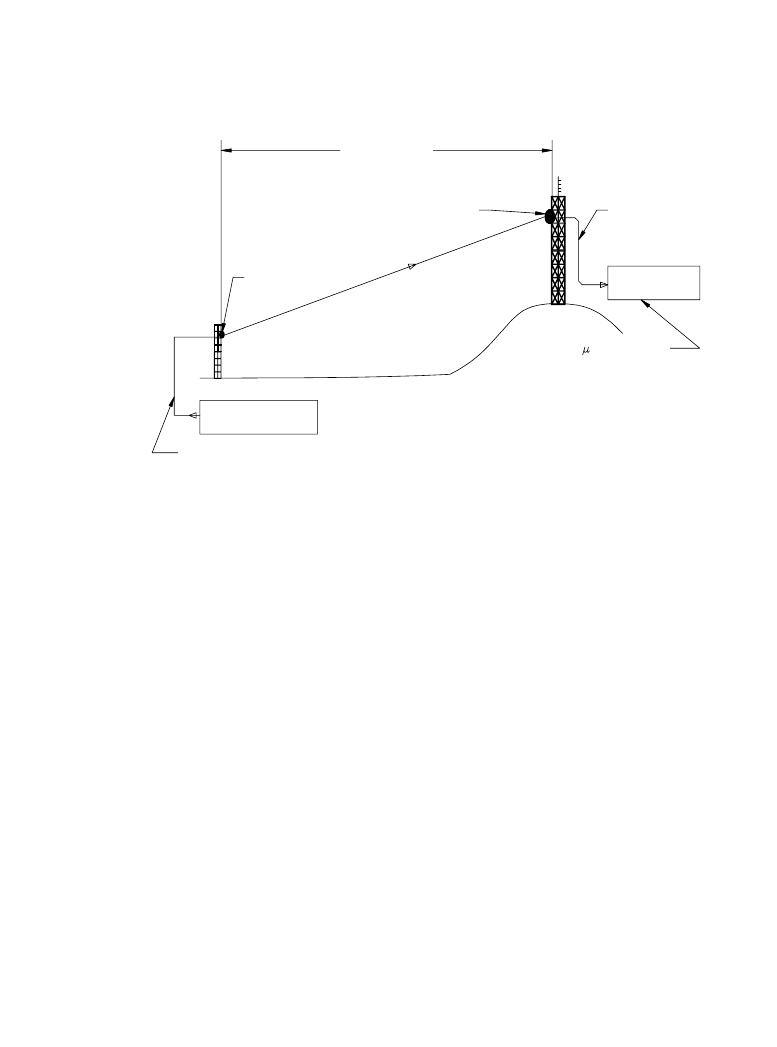
Radio STL Systems 11-93
11.4.3d
Pre-Installation Checkout
The best planned STL system, well engineered and comprised of the finest equipment, will not
perform properly if incorrectly installed. Quality control steps taken before installation actually
begins is an important part of the installation process. Delivery schedules for STL hardware vary
widely. After all the equipment is ordered, components will arrive, typically, over a period of
some weeks. Good engineering practice dictates that each component is checked or inspected as
it arrives. This process is preferable to waiting for all of the components to arrive on site because
any problems discovered at that point will delay the project.
The STL transmitter can be operated into a dummy load to confirm proper operation. With an
ideal load, the transmitter front panel readings should correspond closely with the final test sheet
supplied by the manufacturer. Modulation can be applied to the transmitter to ensure proper
operation.
The STL receiver is more difficult to test effectively with the instruments typically available
at a radio station. The engineer can, however, bench test the receiver by operating the transmitter
into a dummy load and attaching a short wire to the receiver antenna input. Be sure to use the
proper connector on the receiver to avoid possible damage to the center pin. Maintain sufficient
separation of the transmitter and receiver to prevent overloading the receiver front-end. Arranged
in this manner, the STL system can be checked from end-to-end with a signal generator (or pro-
gram material) on the bench.
For a digital STL, the transmitter, receiver, and modem/multiplexer can be tested in a similar
way. Bench tests before installation usually resolve hidden or unexpected problems associated
with equipment operation and/or interfacing. Functionality of the transmitter and receiver should
Studio
site
site
Transmitter
Clear path
25 miles (-125 dB)
20.15 dBi gain
20.15 dBi gain
250 ft line
Total transmission line length = 300 ft (8 dB loss)
STL transmitter
+39 dBm output
STL receiver
30 V = -77.25 dBm
50 ft line
Figure 11.4.21
Applications requiring the use of a multi-hop STL system: (
a) excessively long
path, (
b) path obstructions, (c) interference concerns. (After [2].)
Downloaded from Digital Engineering Library @ McGraw-Hill (www.digitalengineeringlibrary.com)
Copyright © 2004 The McGraw-Hill Companies. All rights reserved.
Any use is subject to the Terms of Use as given at the website.
Radio STL Systems
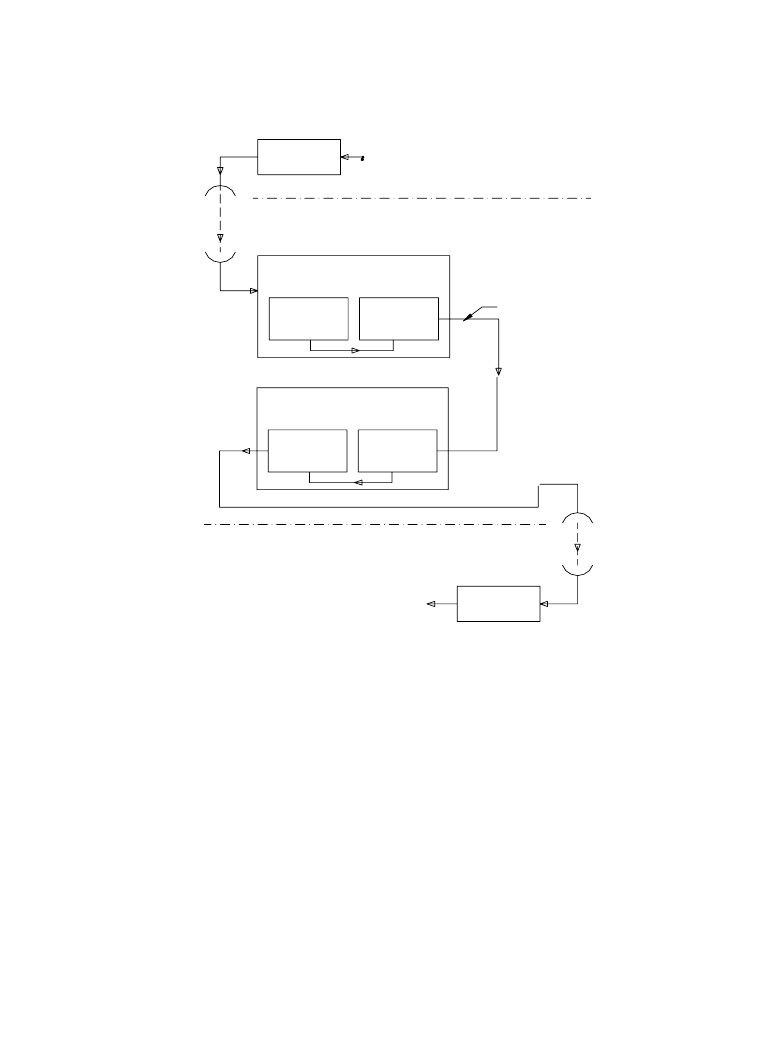
11-94 Broadcast Transmission Systems
be checked before adding the encoder to the system. In this manner, any problems detected can
be readily pinpointed.
An STL using one or more subcarriers for program relay, closed-circuit communications, or
remote control functions can be bench tested in a similar manner. Having all hardware on one
bench and easily accessible makes adjustment of levels and other parameters much easier than
when the units are separated by many miles.
Nearly all STL systems checked in this manner pass specification testing with no problem.
Still, there may be instances where a unit was damaged during shipment. It is far easier to solve
such problems before the hardware is installed.
Antennas should be given a close visual inspection. Many antenna models used for STL work
are shipped in a partially disassembled state. Final assembly of the antennas should be completed
before the installation process is begun. Pay particular attention to mounting brackets; make sure
STL
transmitter
STL
receiver
Front end,
mixer,
IF
Demodulator,
filtering
receiver
STL
Radio path
Program input
Studio site
Repeater site
Transmitter site
Program output
Radio path
Composite output
IPA, PA
modulator
Filtering,
transmitter
STL
Figure 11.4.22
Repeater link using conventional demodulation and remodulation of the composite
signal. (
After [2].)
Downloaded from Digital Engineering Library @ McGraw-Hill (www.digitalengineeringlibrary.com)
Copyright © 2004 The McGraw-Hill Companies. All rights reserved.
Any use is subject to the Terms of Use as given at the website.
Radio STL Systems
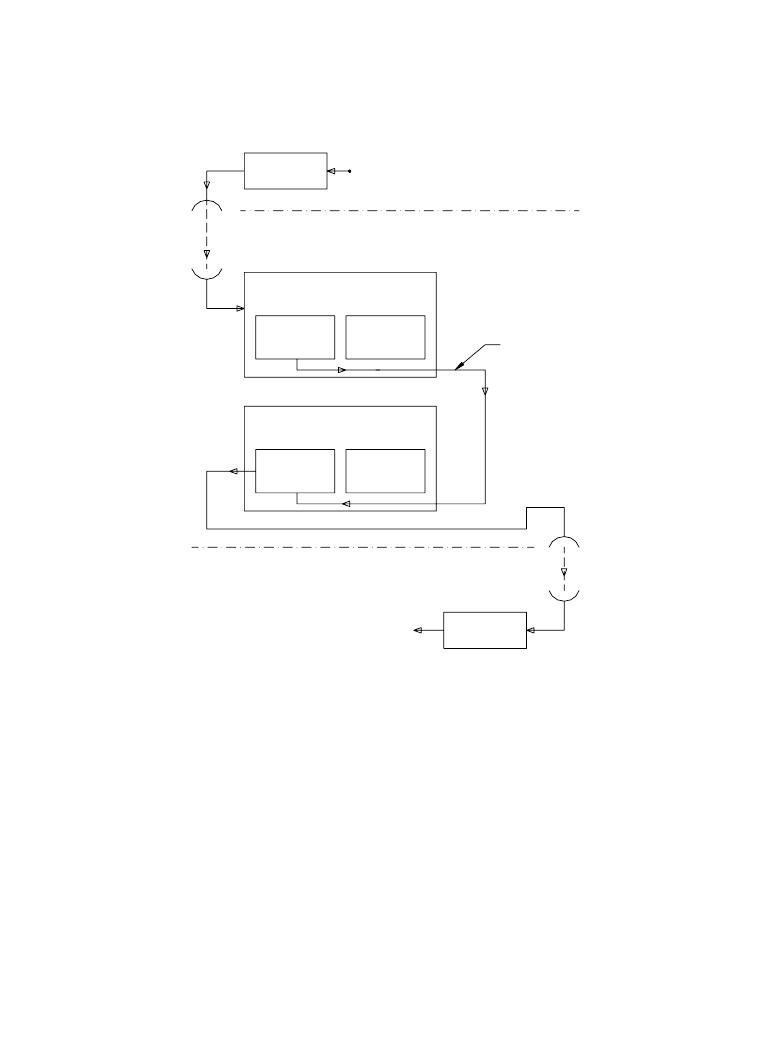
Radio STL Systems 11-95
the hardware will mate properly with the tower or structure on which the antennas will be
mounted. Check carefully for missing parts.
The transmission line and connectors require no pre-installation quality control, however, it is
suggested that as many connectors as possible be installed in the shop, rather than at the site.
Type N connectors require patience and skill to install. If possible, have the cable supplier attach
the proper connectors to both ends of the cable reel. In this way, only two connectors will need to
be installed in the field. Always place the manufacturer-installed connector ends at the antennas.
This provides the best assurance of trouble free operation in an exposed environment. Consider
ordering a couple extra connectors just in case a part is lost or damaged during construction. The
engineer may also want to use one connector as a test case to become more familiar with the
required installation technique.
STL
transmitter
STL
receiver
Front end,
mixer,
IF
Demodulator,
filtering
receiver
STL
Radio path
Program input
Studio site
Repeater site
Transmitter site
Program output
Radio path
IPA, PA
modulator
Filtering,
transmitter
STL
IF output
Figure 11.4.23
Repeater link using IF transfer of the composite signal. (
After [2].)
Downloaded from Digital Engineering Library @ McGraw-Hill (www.digitalengineeringlibrary.com)
Copyright © 2004 The McGraw-Hill Companies. All rights reserved.
Any use is subject to the Terms of Use as given at the website.
Radio STL Systems
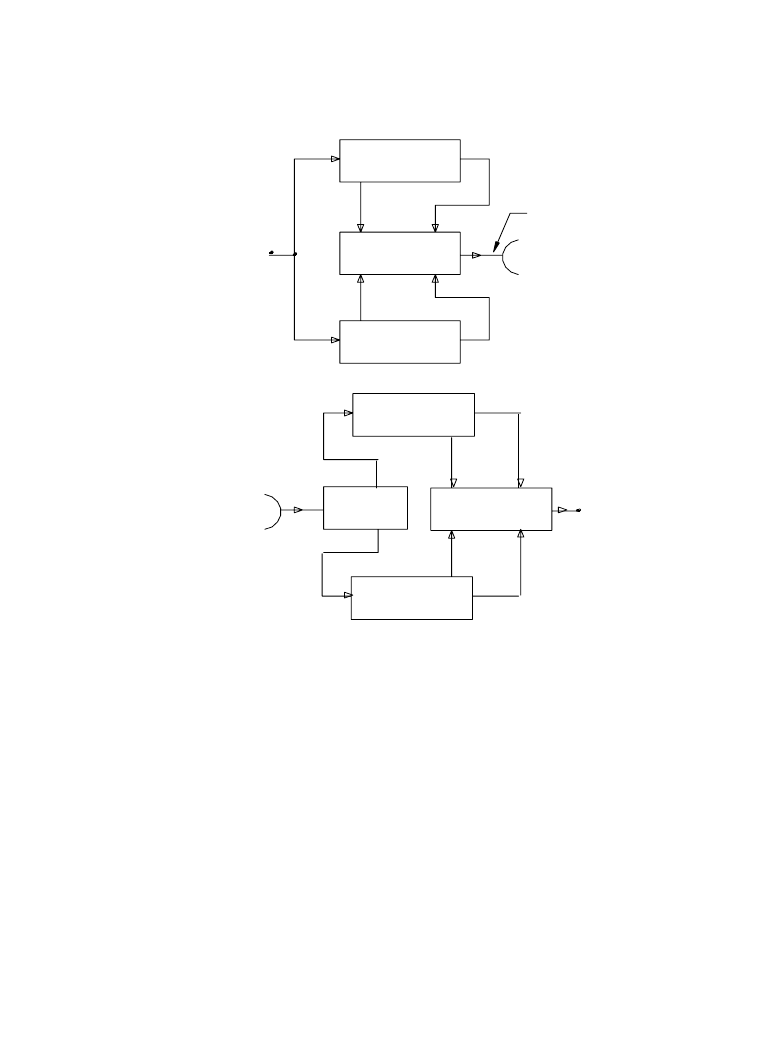
11-96 Broadcast Transmission Systems
The test equipment required for pre-installation checkout is usually readily available in the
radio station shop. Basic items include the following:
•
A high-quality 50
Ω dummy load capable of dissipating approximately 25 W.
•
An in-line RF power output meter capable of reading forward and reverse power at 1.0 GHz.
•
Audio frequency signal generator.
•
Audio frequency distortion analyzer.
•
Frequency counter accurate to 1.0 GHz.
If possible, a spectrum analyzer also should be available. Although most radio stations do not
own a spectrum analyzer, engineers in a given market sometimes rent one to be shared among the
stations for a period of several weeks.
(
a)
(
b)
Transmitter
#1
Changeover
switch
Transmitter
#2
RF
output
#1
RF
output
#2
Program
and MUX
inputs
Fault
sense
Fault
sense
Switched output
Antenna
Receiver
#1
Receiver
#2
Signal
splitter
Changeover
switch
Antenna
Program
and MUX
outputs
Fault
sense
Fault
sense
Receiver
output #1
Receiver
output #2
Figure 11.4.24
Equipment configuration for a hot-standby system: (
a) studio site, (b) broadcast
transmitter site. (
After [2].)
Downloaded from Digital Engineering Library @ McGraw-Hill (www.digitalengineeringlibrary.com)
Copyright © 2004 The McGraw-Hill Companies. All rights reserved.
Any use is subject to the Terms of Use as given at the website.
Radio STL Systems